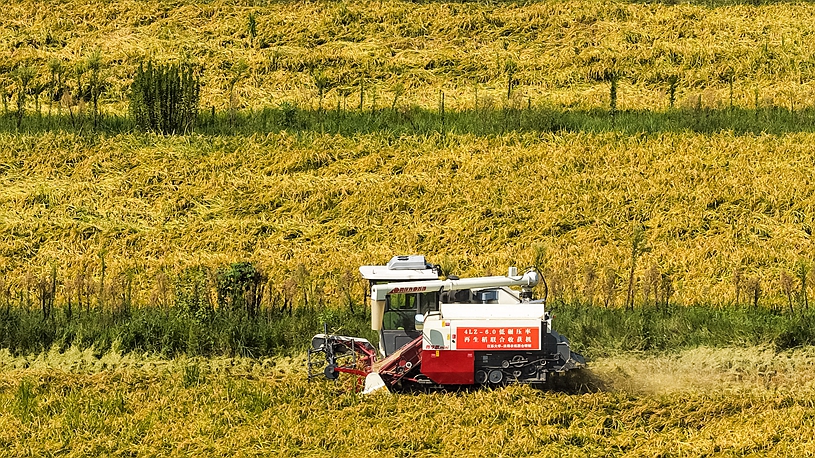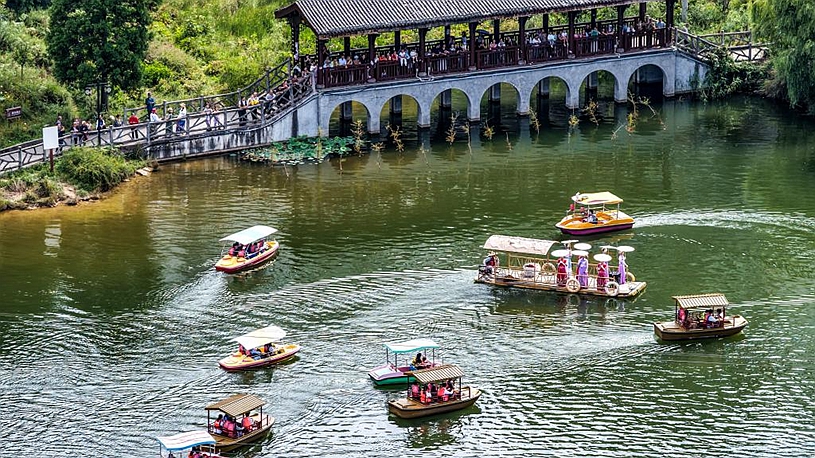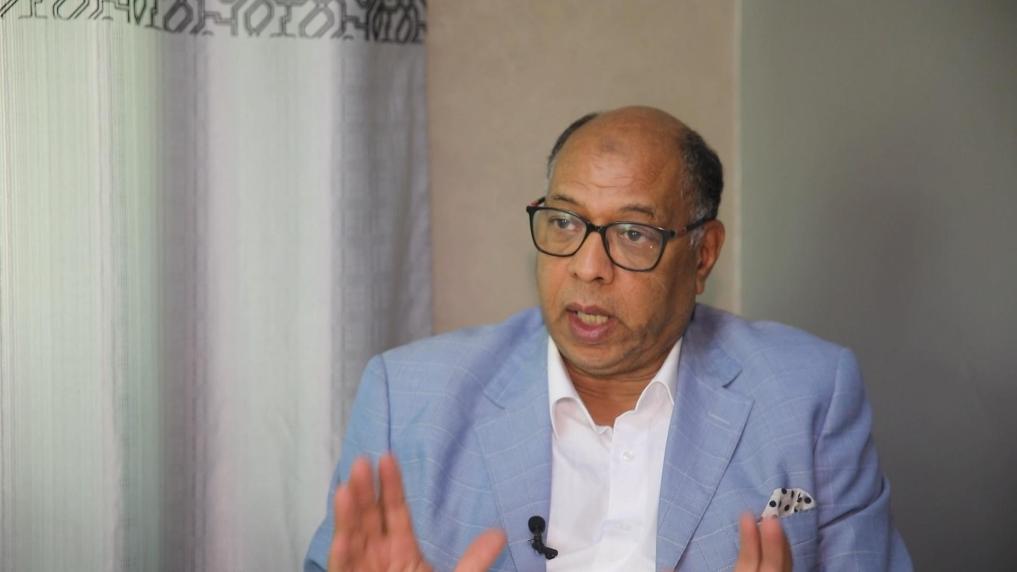(Hello Africa) Communities in Rwanda's climate-vulnerable areas lead the fight against climate change
Source: Xinhua
Editor: huaxia
2025-08-25 18:10:15
Nyabihu and Ngororero, districts in Rwanda's Western Province that are prone to landslides, destructive rains, and floods, have been chosen as pilot sites for a pioneering community-led climate adaptation project.
KIGALI, Aug. 25 (Xinhua) -- On the steep slopes of Rwanda's Western Province, residents of Nyabihu and Ngororero districts are grappling with the harsh realities of climate change. These areas, prone to landslides, destructive rains, and floods, have been chosen as pilot sites for a pioneering community-led climate adaptation project.
Both districts have faced the devastating impact of extreme weather. In May 2023, floods and landslides across Western Province killed more than 100 people and destroyed thousands of homes, schools, and key infrastructure, according to the Ministry in Charge of Emergency Management (MINEMA).
For locals, the adaptation initiative is more than a technical program -- it is reshaping how communities understand and respond to environmental risks.
"We have been trained on climate change adaptation and sensitized on its causes, as well as how to mitigate and prevent its adverse effects," said Alice Akayezu, a resident of the Mukamira sector in Nyabihu District, in an interview with Xinhua recently. "We also learned practical measures such as the construction of bridges, diversion channels, flood barriers, and household drainage systems."
She explained that communities are given not only knowledge but also the power to design their own adaptation plans. "By enabling communities to lead their own adaptation journeys, we are transforming vulnerabilities into opportunities and working toward a climate-resilient future where no one is left behind."
Israel Dufatanye, coordinator of the adaptation project, told Xinhua that the initiative, funded by the Global Center on Adaptation, ensures that projects, particularly infrastructure, are climate-resilient by incorporating district vulnerability assessments into their design and implementation.
To make this possible, adaptation committees have been established at the district, sector, and cell levels. According to Dufatanye, these committees bring together government officials along with representatives from women's councils, youth, people with disabilities, civil society, and the private sector, all trained to conduct climate risk assessments and collect data to inform community-driven adaptation plans.
For Nyabihu and Ngororero, the pilot program is already yielding visible change after nearly a year of implementation, with communities not only better informed but also more involved in shaping the projects that affect their lives.
Farmers, for instance, are beginning to adapt their agricultural practices to changing weather patterns. By choosing climate-resilient crops and seeds, they are better prepared for shifting rainfall and seasonal changes. Residents are also learning how to use early warning systems, with information from the Rwanda Meteorology Agency and MINEMA being shared more widely across communities.
One of the project's most significant contributions has been at the national level. Rwanda's Local Administrative Entities Development Agency has revised its formula for allocating development funds to districts. While allocations were previously based on poverty rate, population size, and surface area, a fourth criterion has now been added: the climate vulnerability index of each district.
"This ensures that more vulnerable districts receive additional support in the future," Dufatanye said.
District leaders are convinced that embedding adaptation into development plans is the way forward, seeing the project as a roadmap for scaling adaptation across Rwanda.
Patrick Nathan Uwihoreye, vice mayor in charge of economic development in Ngororero District, emphasized in his interview with Xinhua that mainstreaming climate resilience is more effective than stand-alone interventions.
"Integrating locally led adaptation into our development plans will empower our communities to take charge of their future and ensure resilience in the face of climate change," Uwihoreye said. "By working together and listening to every voice, we can build a stronger, more resilient future." ■













Comments